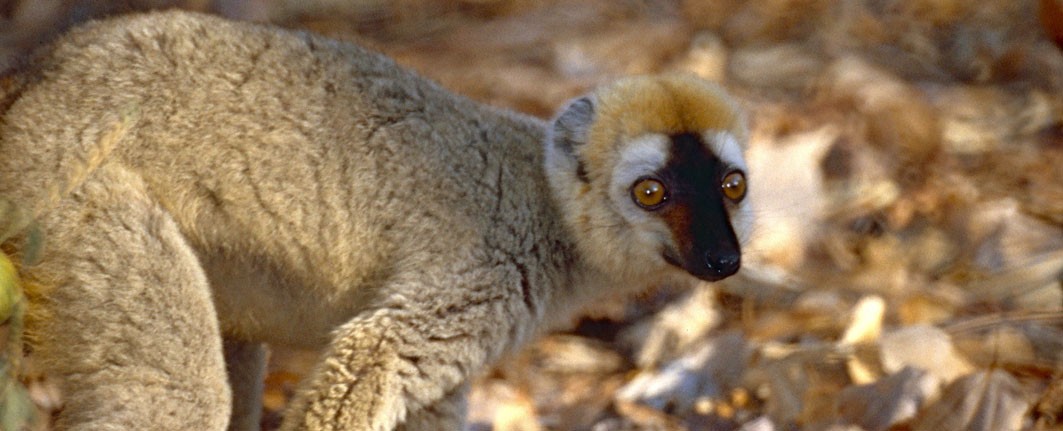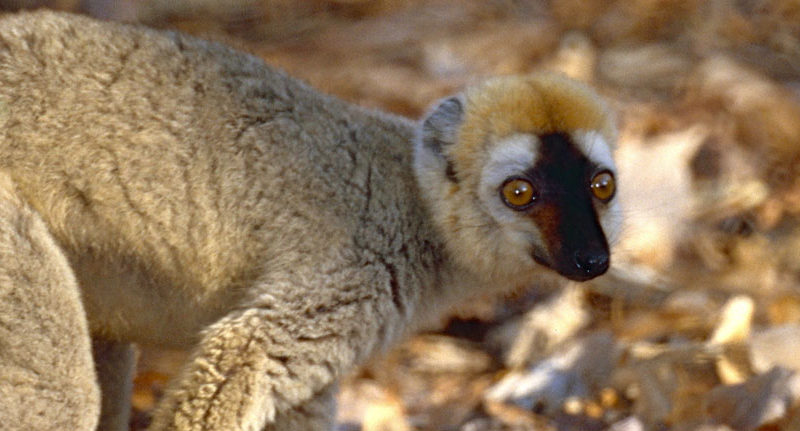
Madagascar Red-fronted Brown Lemur: A Comprehensive Guide
Madagascar is home to some of the most unique primates in the world, and the Madagascar Red-fronted Brown Lemur is among the most fascinating. Known for its vibrant coloration and social behavior, the Madagascar Red-fronted Brown Lemur is a must-see for wildlife enthusiasts visiting the island. This guide provides detailed information about its distribution, behavior, identification, and where to spot it in the wild.
What is the Madagascar Red-fronted Brown Lemur?
The Madagascar Red-fronted (Eulemur rufifrons) belongs to the true lemur family. Unlike nocturnal lemurs, these primates are diurnal, meaning they are active during the day. Their diet primarily consists of bamboo, making bamboo forests their preferred habitat.
These lemurs are a key species for understanding Madagascar’s unique biodiversity. Their social structures and vocal communication resemble other brown lemurs, but they have distinct physical traits that make them stand out.
Distribution of the Madagascar Red-fronted Brown Lemur
The Madagascar Red-fronted is fairly common but localized. They are primarily found in:
-
Eastern rainforests – These lush forests provide ample bamboo and fruit sources.
-
Western dry forests – Although drier, these forests still support populations of these lemurs.
-
Southern Madagascar – Some populations thrive in the southern half of the island.
In specific regions, they may coexist with similar species, such as the Red-bellied Lemur, or be replaced by the Rufous Brown Lemur in areas like Tsingy de Bemaraha National Park.
Identifying the Madagascar Red-fronted Brown Lemur
Recognizing the Madagascar Red-fronted is easy with a few key features:
-
Male: Bright rufous patch on the top of the head with a greyish back.
-
Female: Brownish overall with dull rufous on the head.
-
Comparison: In the east, the Red-bellied Lemur has a darker red-brown color, a black tail, and a distinct facial pattern.
These physical traits make field identification straightforward for wildlife watchers and photographers.
Behavior and Vocalization
The behavior of the Madagascar Red-fronted closely mirrors that of other brown lemurs. They are social animals, living in groups and communicating through various vocalizations. Their calls are similar to those of the Brown Lemur, helping group members stay in contact while navigating dense forests.
Where to See the Madagascar Red-fronted Brown Lemur
For travelers and wildlife enthusiasts, spotting the Madagascar Red-fronted is an unforgettable experience. Key locations include:
-
Ranomafana National Park: Often visible along the main park road.
-
Kirindy Forest: A common sight in dry forest areas.
-
Berenty Reserve: Both Red-fronted and Red-collared Brown Lemurs have been introduced here and occasionally hybridize.
These sites provide excellent opportunities for observing their natural behavior and capturing incredible photographs.
Conservation and Threats
While the Madagascar Red-fronted is relatively common in certain areas, habitat loss and fragmentation remain serious threats. Conservation efforts in Madagascar focus on protecting forest habitats, maintaining biodiversity, and preventing illegal hunting. Visitors are encouraged to respect wildlife and support eco-tourism initiatives that contribute to local conservation.
Why the Madagascar Red-fronted is a Must-See
This species embodies the unique charm of Madagascar’s wildlife. Its striking rufous markings, playful behavior, and adaptability across different forest types make it a highlight for anyone exploring Madagascar’s rich ecosystems. Observing them in the wild offers insight into the island’s evolutionary marvels and the importance of conservation efforts.
HT AGENCY TOURS
Luxury Madagascar with the best luxury African safari tours packages. Discover your next perfect destination with HT Agency Tours

